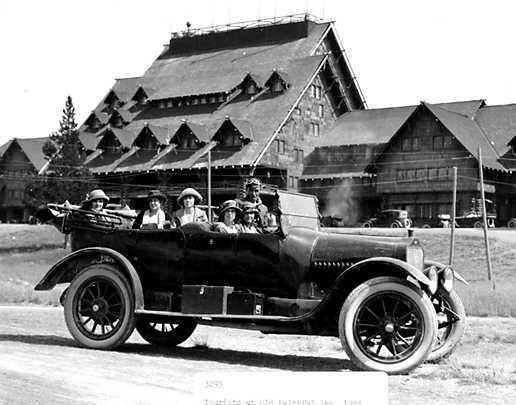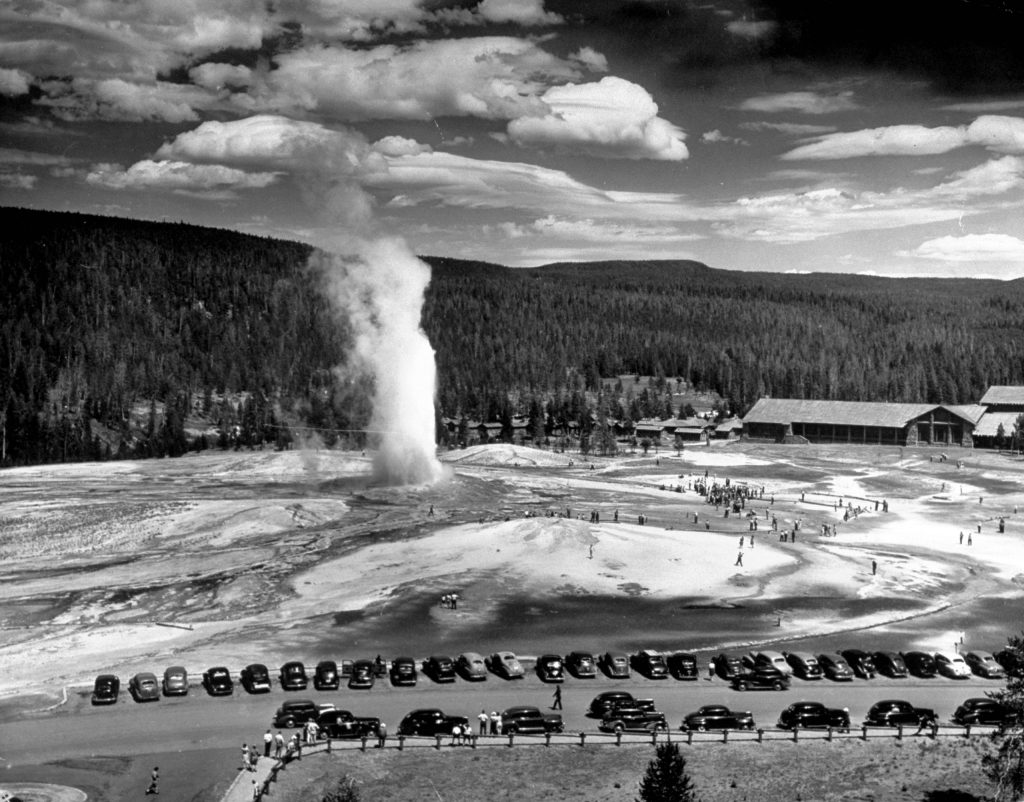History of YellowStone:
Yellowstone National Park has rich human and ecological stories that continue to unfold.Many tribes and bands used the park as their home, hunting grounds, and transportation routes prior to and after European American arrival. Yellowstone was established as the world's first national park in 1872.The human history of the Yellowstone region goes back more than 11,000 years. The stories of people in Yellowstone are preserved in archeological sites and objects that convey information about past human activities in the region, and in people’s connections to the land that provide a sense of place or identity. Today, park managers use archeological and historical studies to help us understand how people lived here in the past. Ethnography helps us learn about how groups of people identify themselves and their connections to the park. Research is also conducted to learn how people continue to affect and be affected by these places, many of which have been relatively protected from human impacts. Some alterations to the landscape, such as the construction of roads and other facilities, are generally accepted as necessary to accommodate the needs of visitors today. Information on the possible consequences of modern human activities, both inside and outside the parks, is used to determine how best to preserve Yellowstone’s natural and cultural resources, and the quality of the visitors’ experience.

As Yellowstone Develops
There are no predictions currently, but Yellowstone's ecosystem will remain unaffected by climate change for a long period of time. Land use is continually studied to gain information concerning climate change, wildfires, and management of migratory wildlife. As long as we as humans aim to protect such beautiful land. The wildlife and surroundings will be safe.
